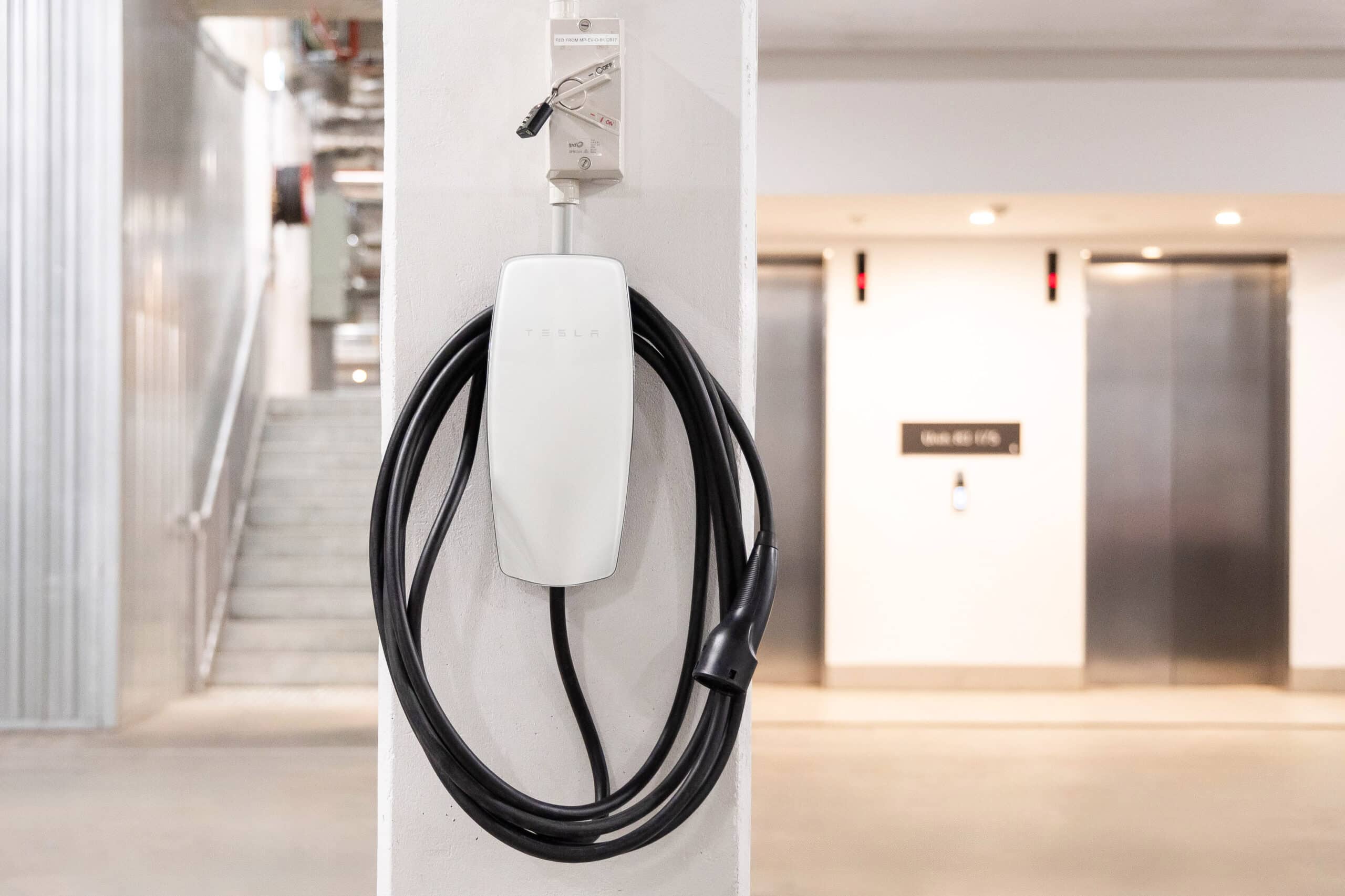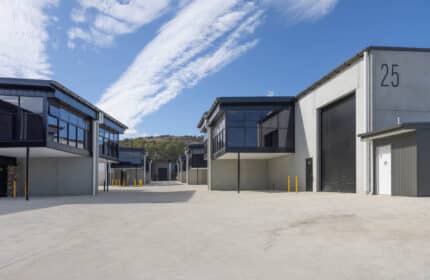With the rise of electric vehicles (EVs), strata and body corporate complexes face new challenges and considerations.
In response to a highly publicised EV battery fire at Sydney Airport in 2023, some apartment owners have expressed concerns about EV charging in basement carparks, leading certain strata committees to restrict or even ban EV access altogether.
However, EVs are here to stay, and managing their integration requires a balanced approach, one that considers safety, feasibility, and the evolving expectations of residents.
Addressing Safety Concerns
Concerns over EV charging often stem from fire risks, but according to Civium’s General Manager of Facilities Management, Alex Boundy, modern buildings’ fire-rated basements are designed with safety in mind. He notes:
“With buildings today having isolated basements and improved fire ratings, I wouldn’t be too concerned. The reality is, we’re moving towards an EV world, and people want the option to charge at home.”
Steps for Committees to Consider
For strata committees weighing EV charging options, a few practical steps can guide the decision:
- Conduct a Feasibility Study: Assess the building’s capacity for EV charging, looking at technical needs and potential costs.
- Gather Options and Quotes: Determine whether shared or individual chargers suit the building best.
- Engage the Owners Corporation: Involve owners in discussions through town halls or General Meetings for a collaborative approach.
FAQs about EV Charging Stations
What is a feasibility study?
A feasibility study is a detailed analysis to determine if a project—in this case, EV charging installations—is technically and economically viable. It examines the grid’s capacity and potential upgrades, as well as costs, benefits, and return on investment.
What are the primary options for EV charging?
Committees will need to decide between shared, common-area chargers or individual stations. Shared chargers allow for flexible, temporary usage by all residents, while dedicated chargers provide consistent access for private car owners. Various monitoring tools can track usage and allocate costs fairly.
What future improvements should be considered?
Adding EV chargers can strain a building’s grid, potentially impacting future upgrades such as heating, cooling, and essential systems that rely on the same power capacity. Committees should evaluate current needs alongside potential future demands as gas appliances phase out and buildings adopt more electric systems.
Why the concern with EV batteries over e-Scooter batteries?
While both EV and e-scooter batteries use lithium-ion technology, the risk profiles differ. EV batteries are larger and include battery management systems, cooling, and durable enclosures, which reduce the chance of overheating and fire. E-scooter batteries, often less regulated and without cooling, carry higher risk in confined spaces.
Balancing Safety with Adaptation
As Australia progresses towards a more electrified future, including widespread EV adoption, strata and body corporate committees must balance safety with adaptability. Ensuring feasibility, engaging residents, and planning for the future are critical steps to creating a sustainable and inclusive environment for all property owners.



